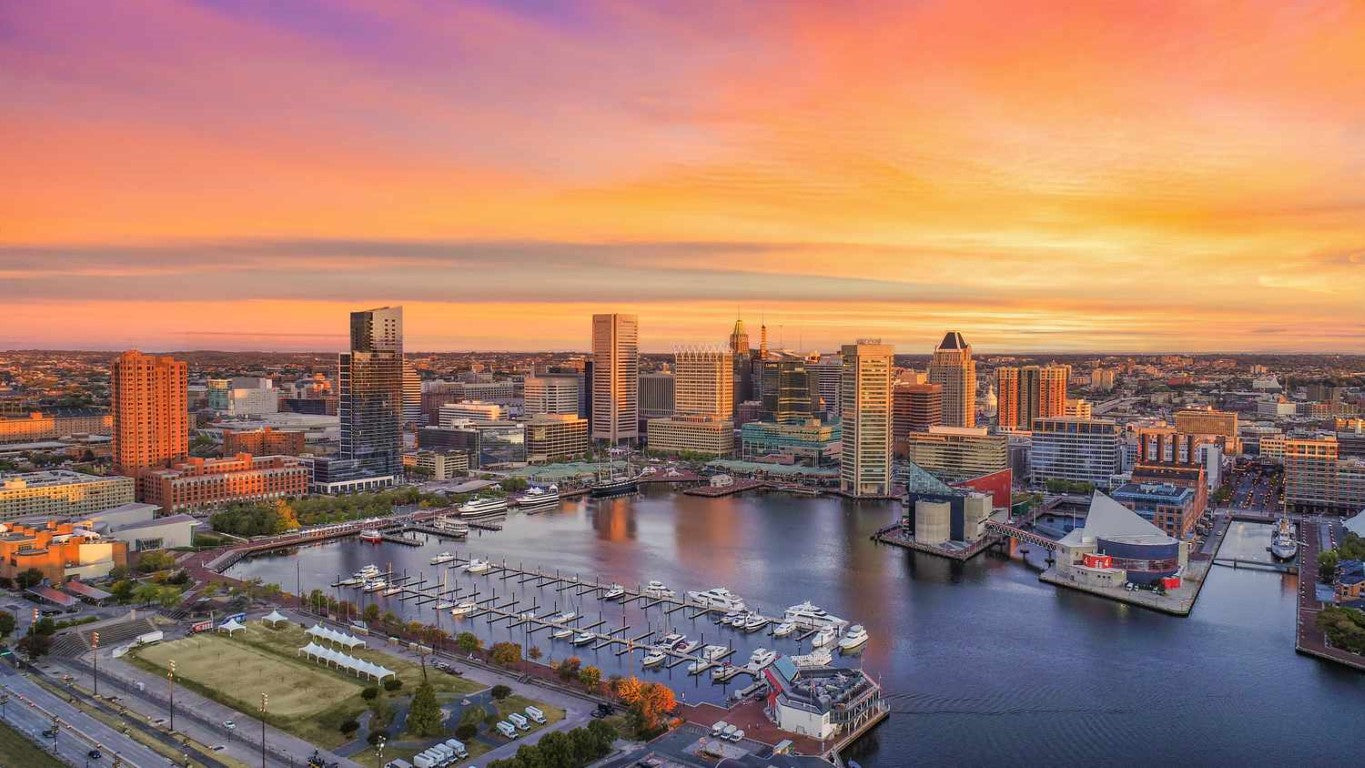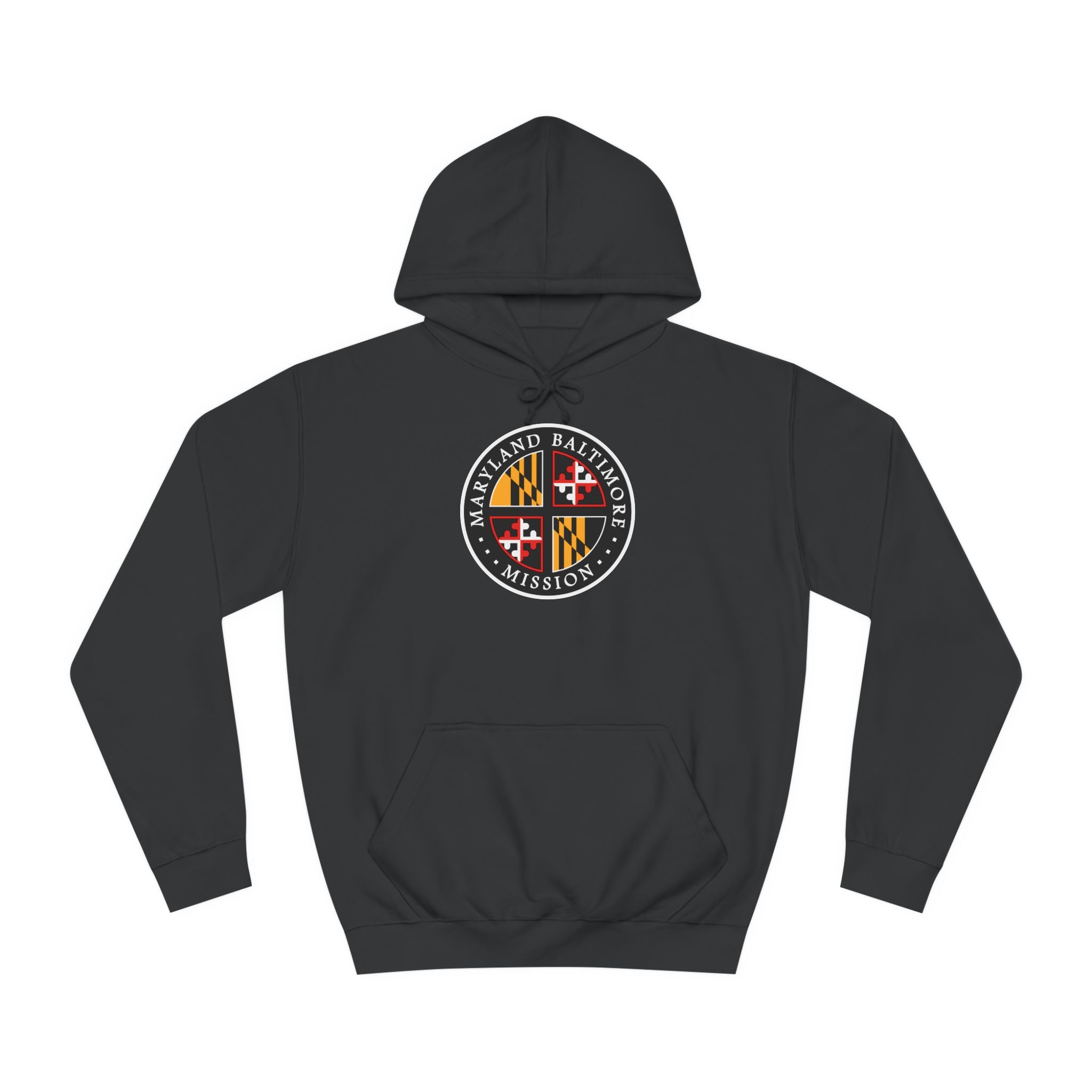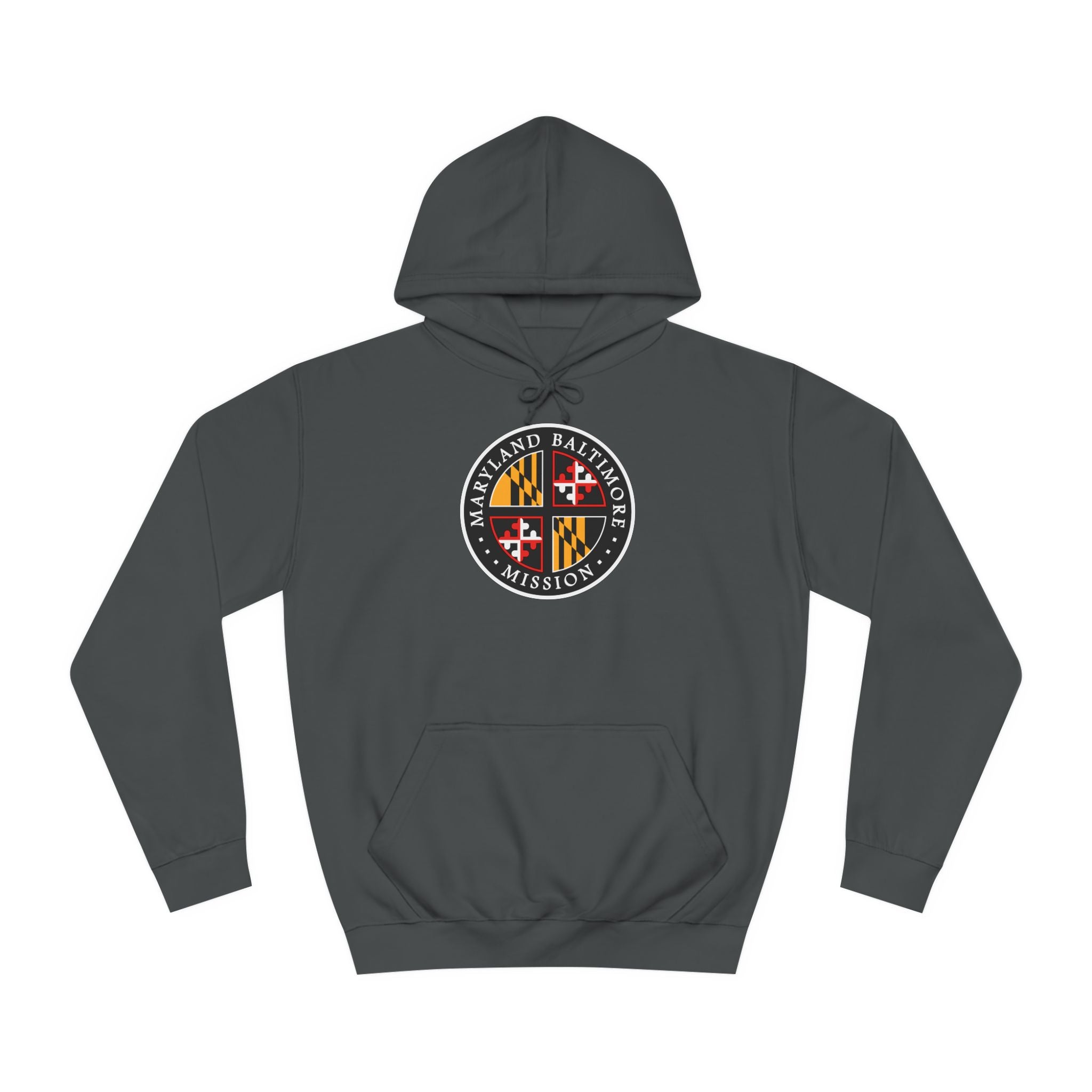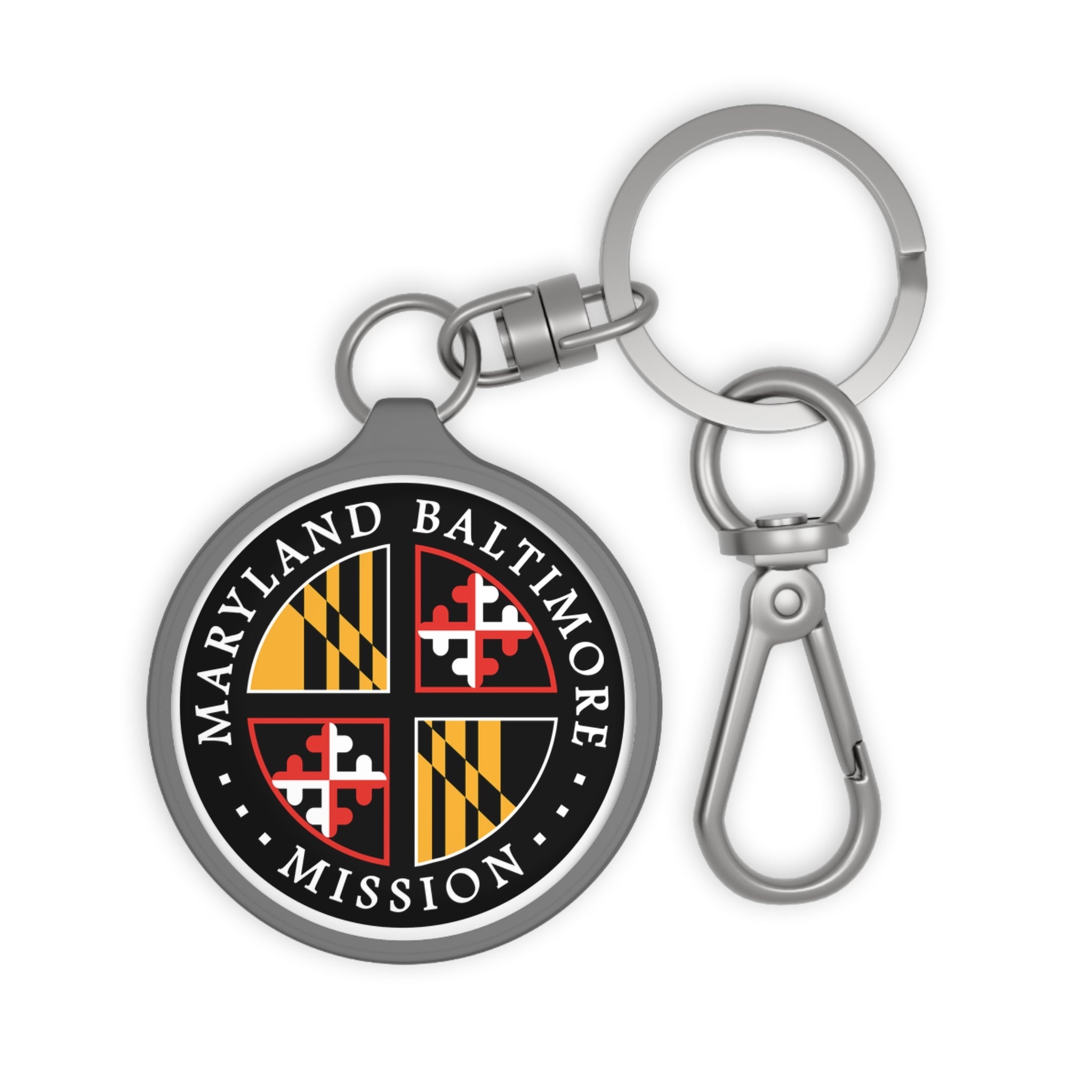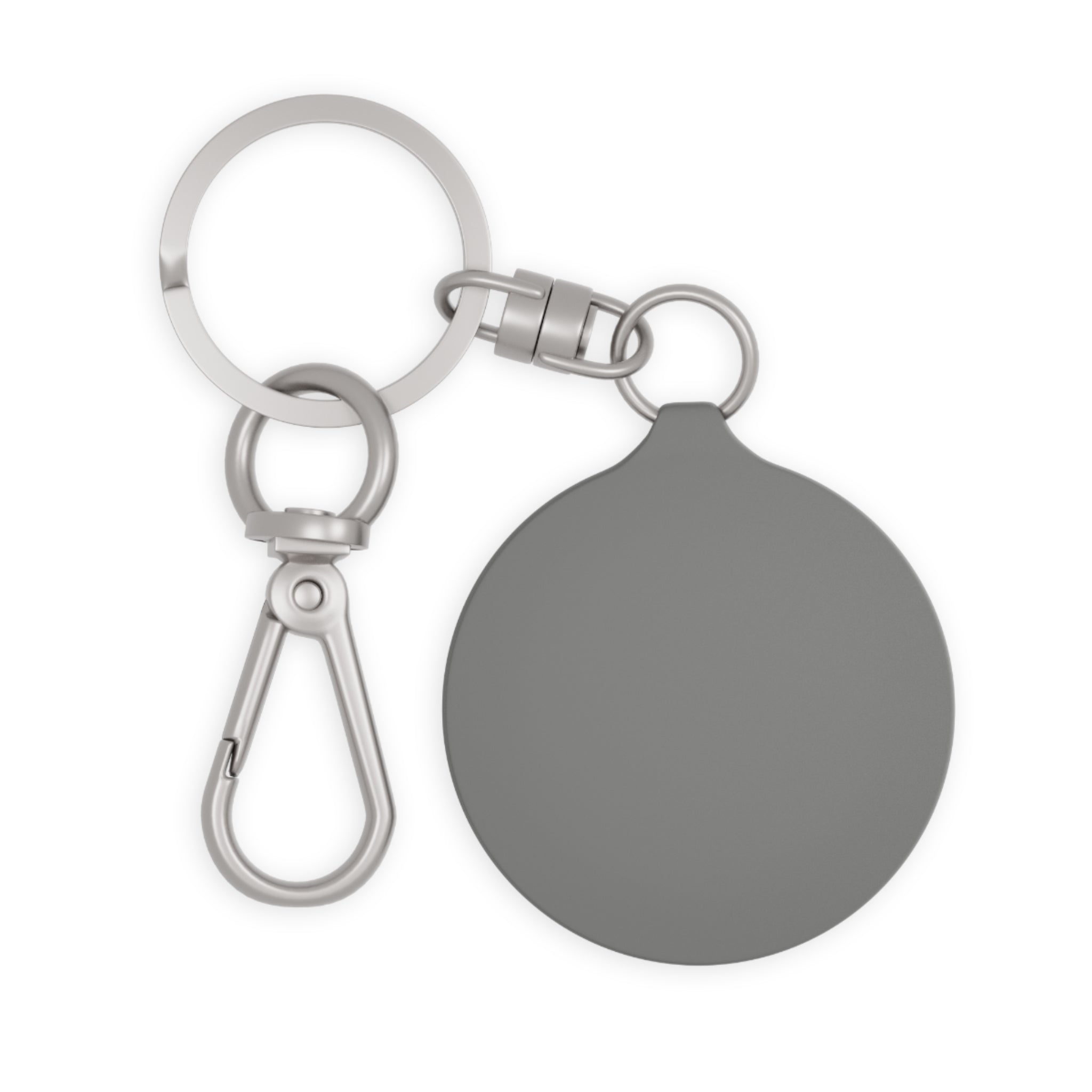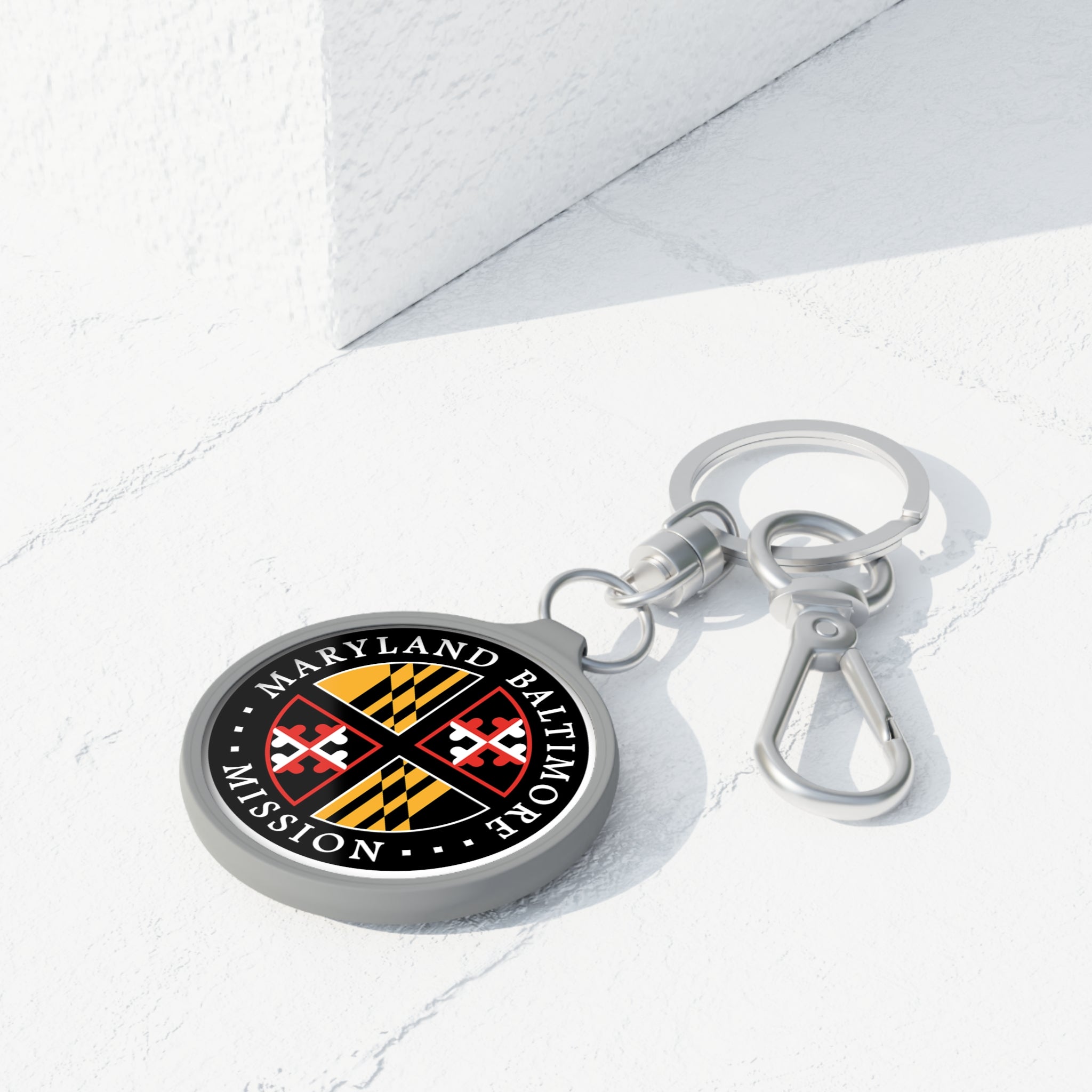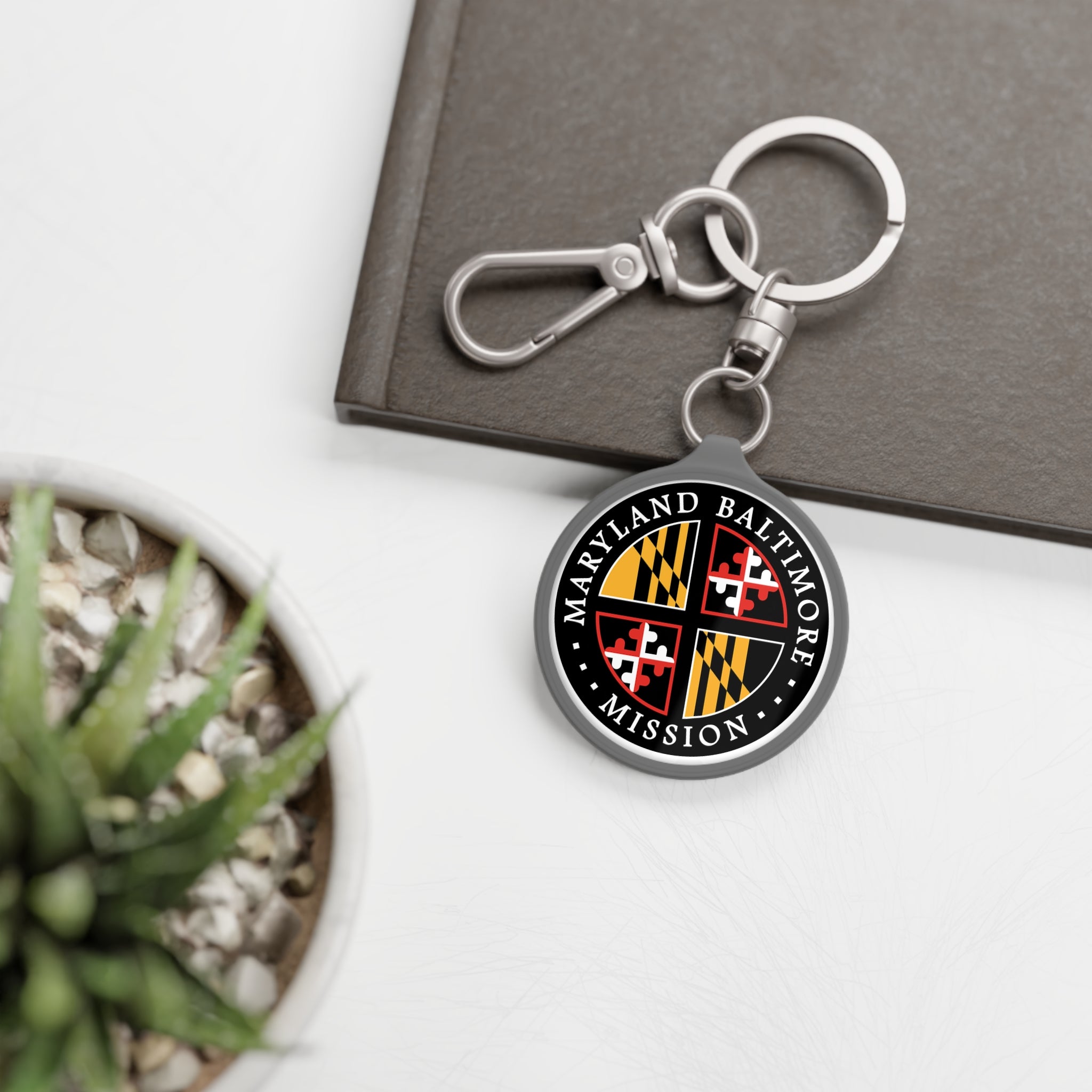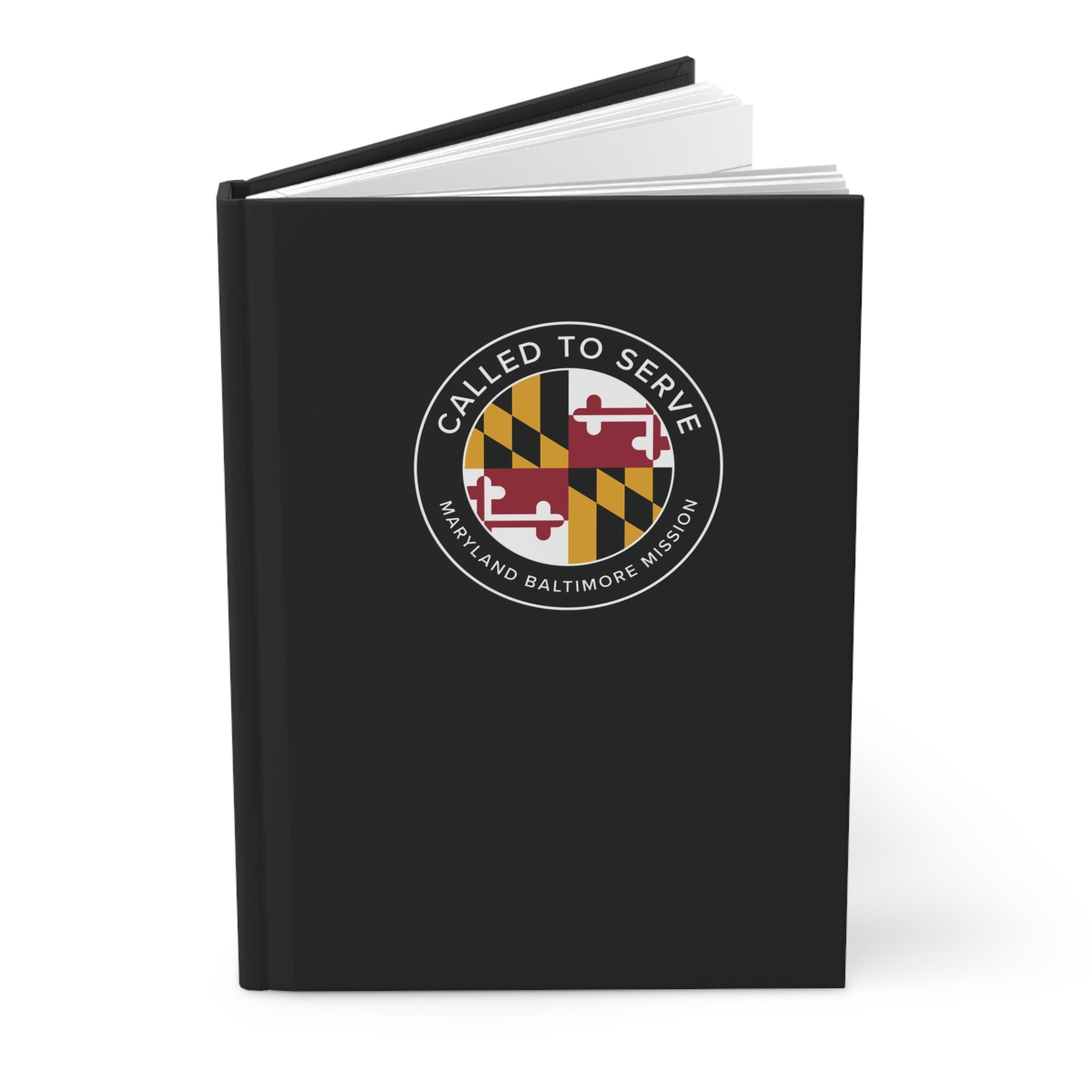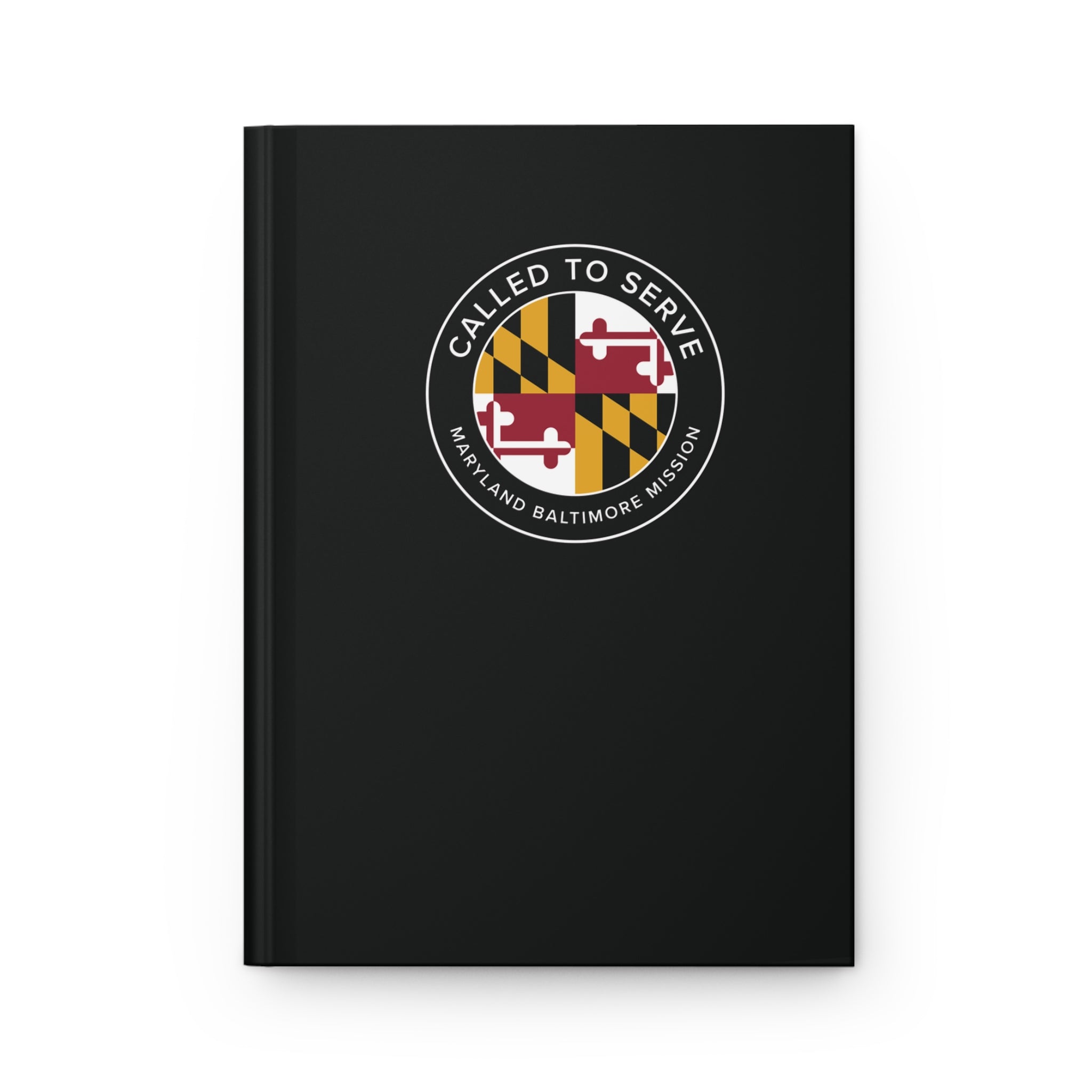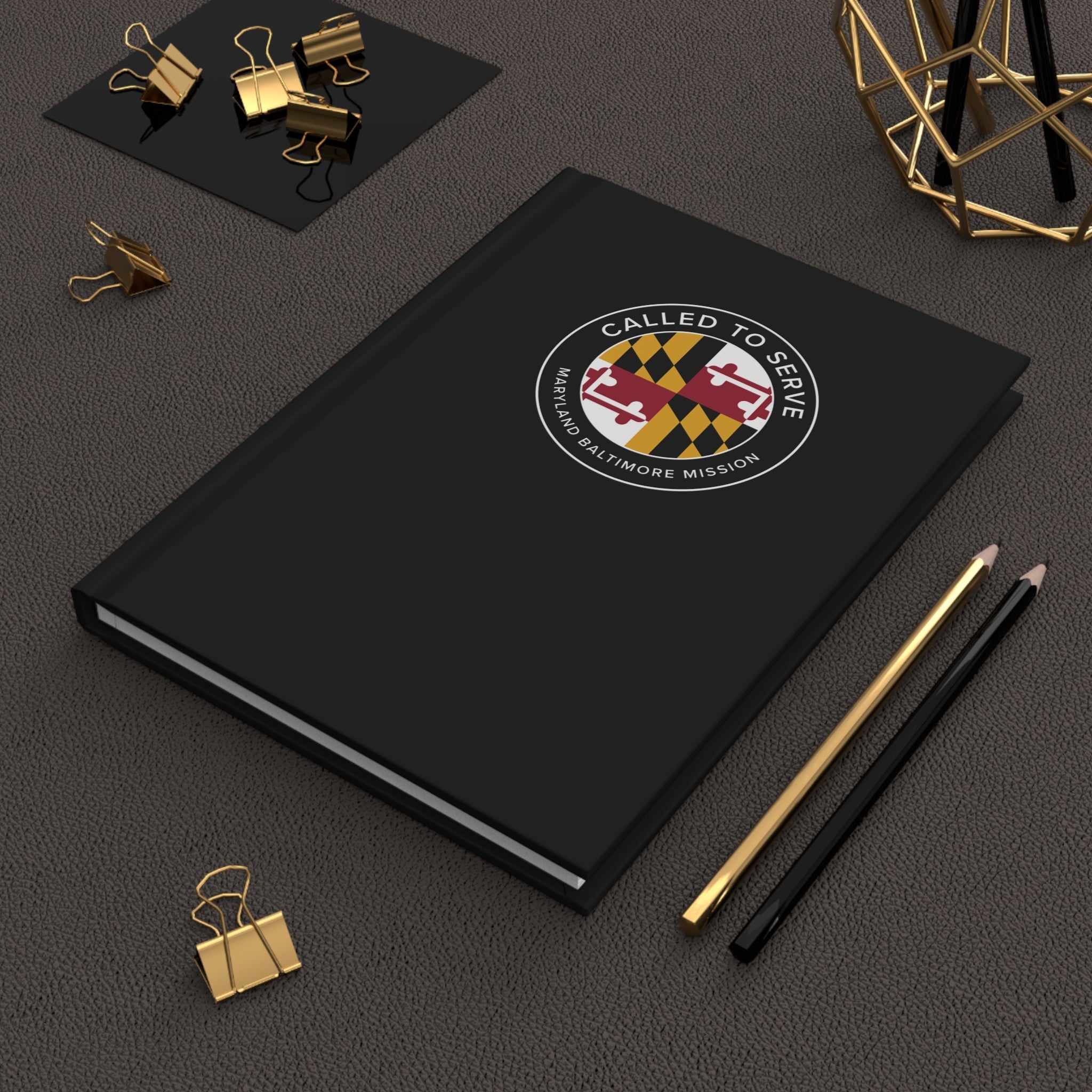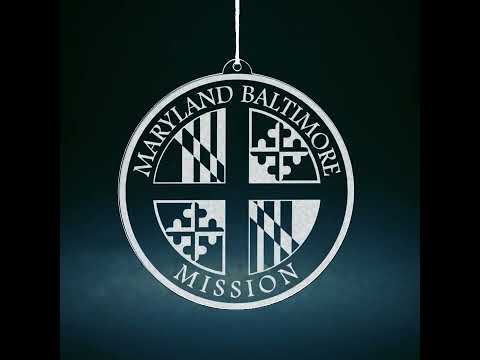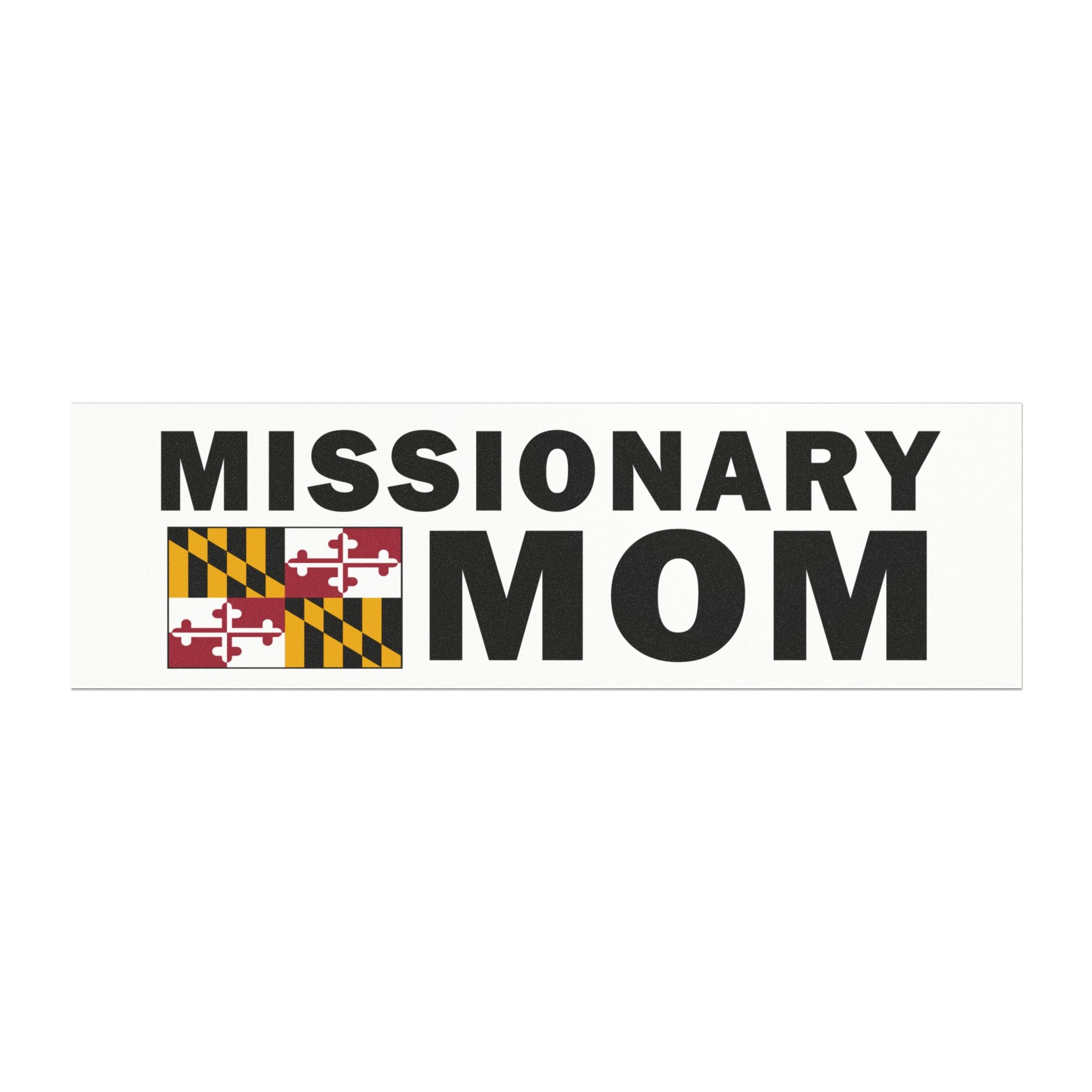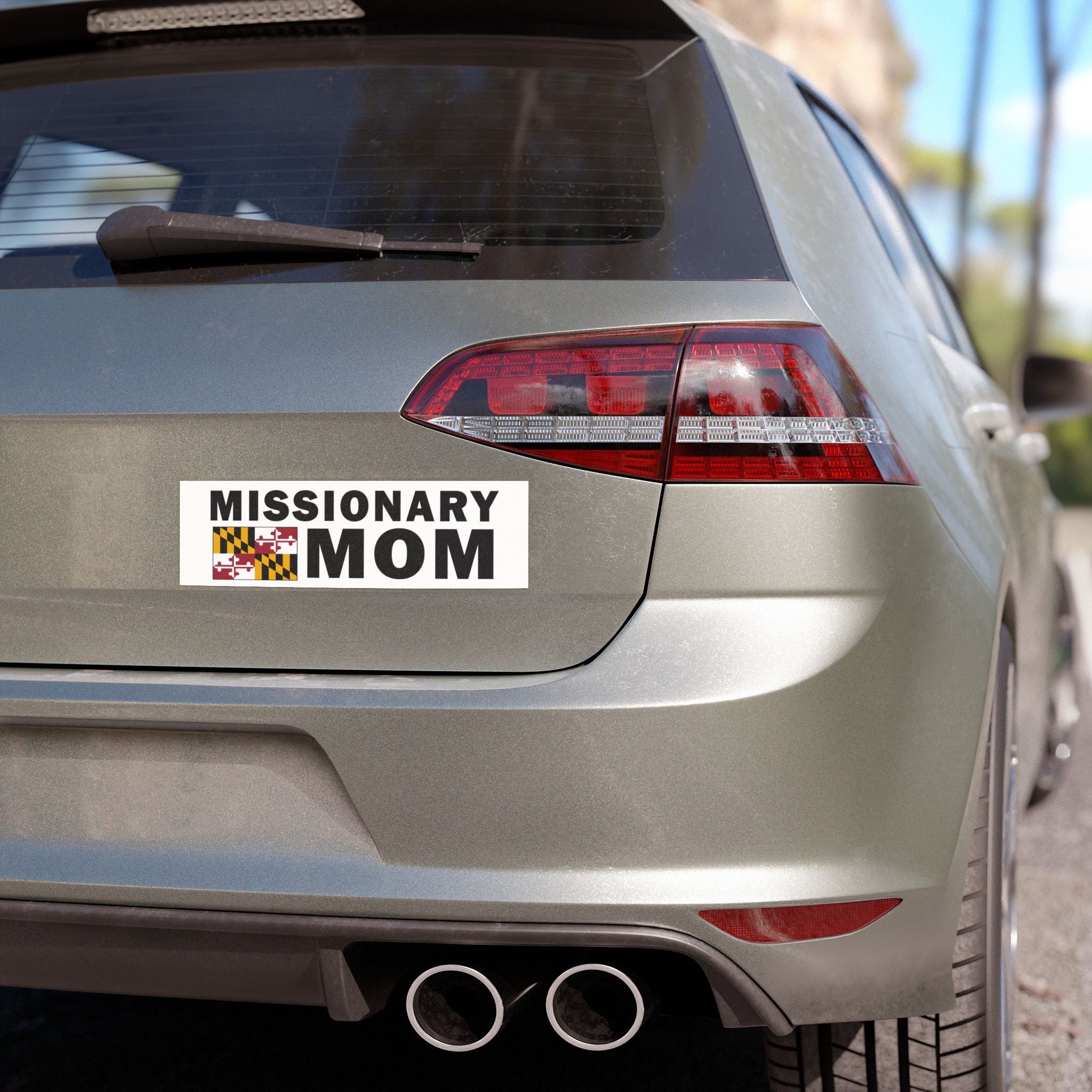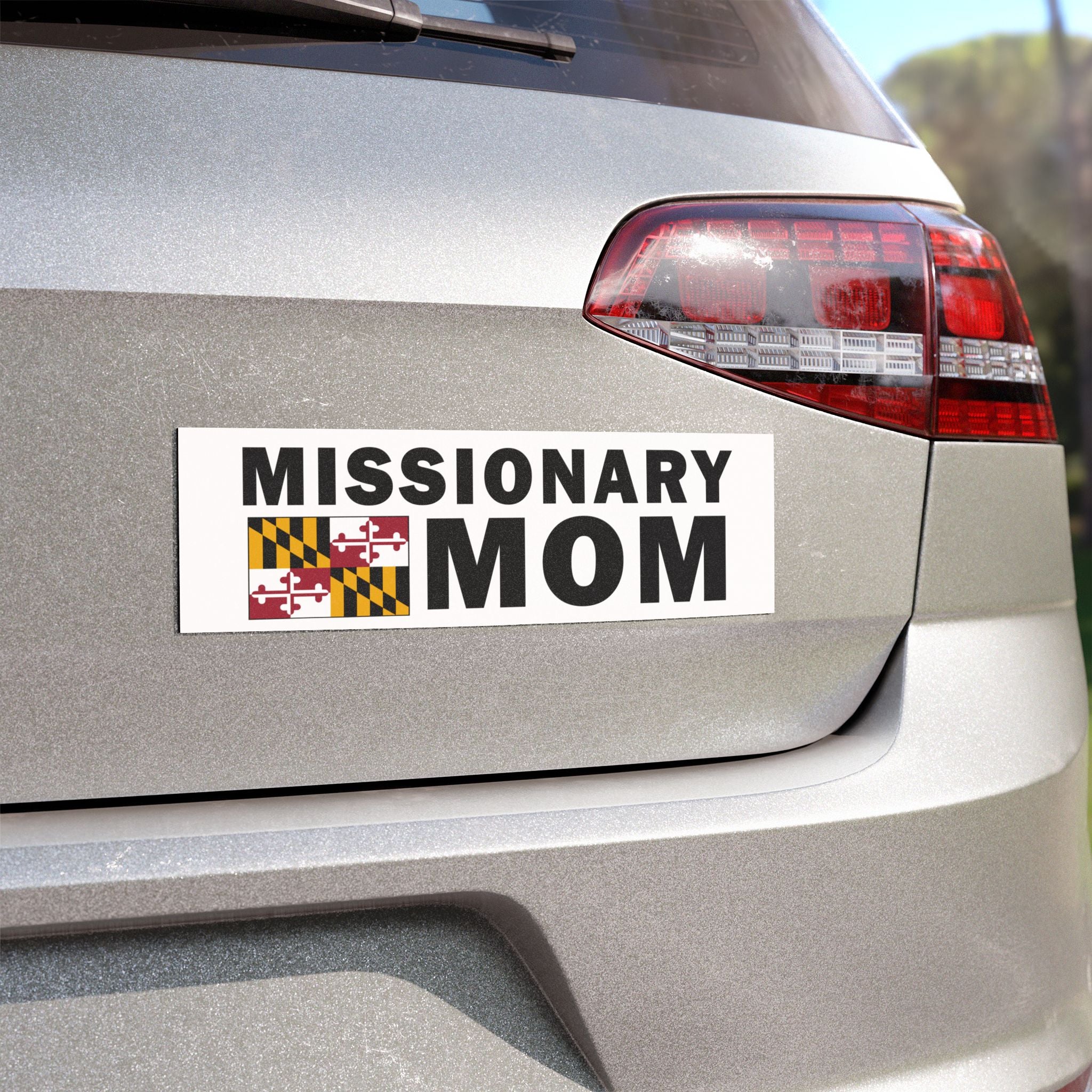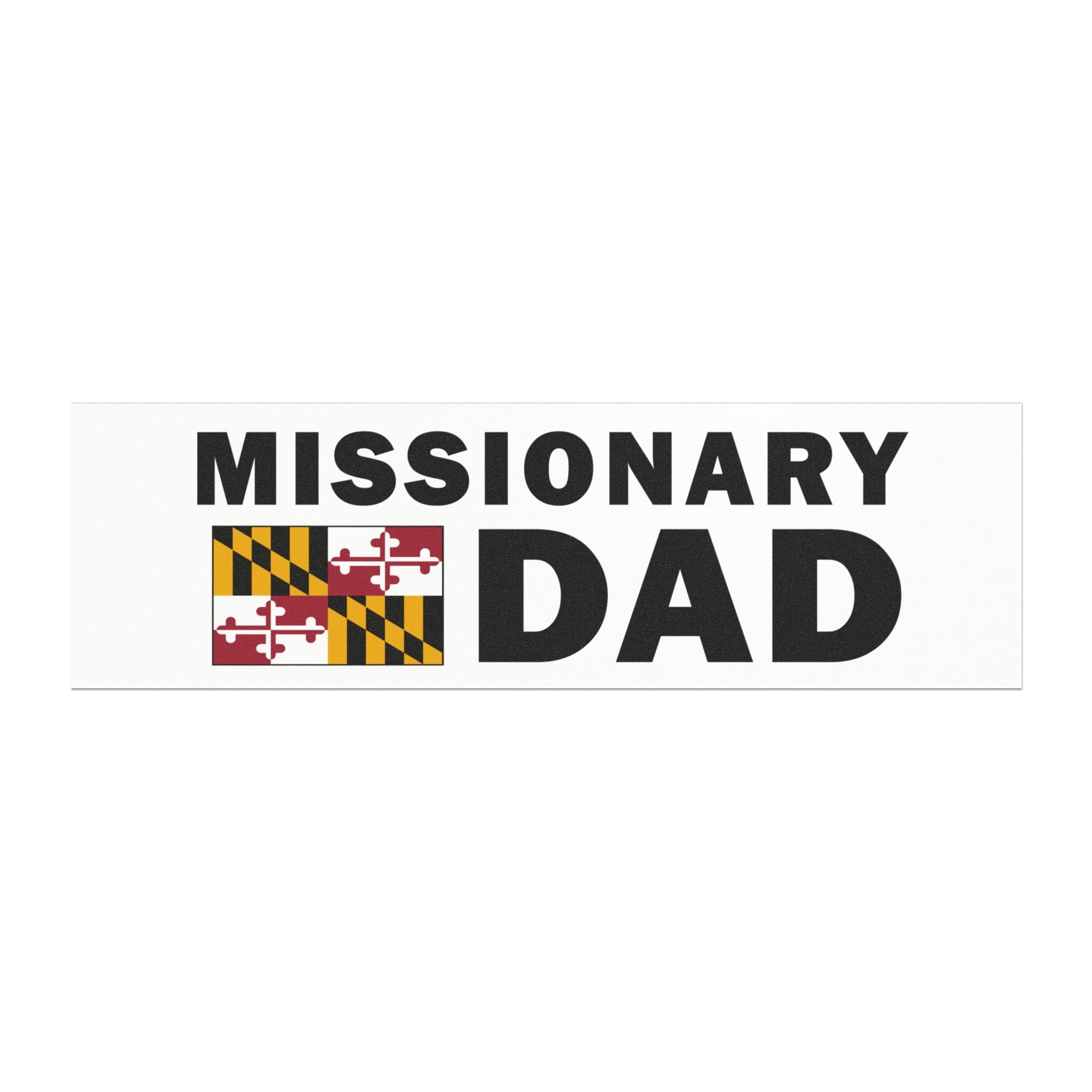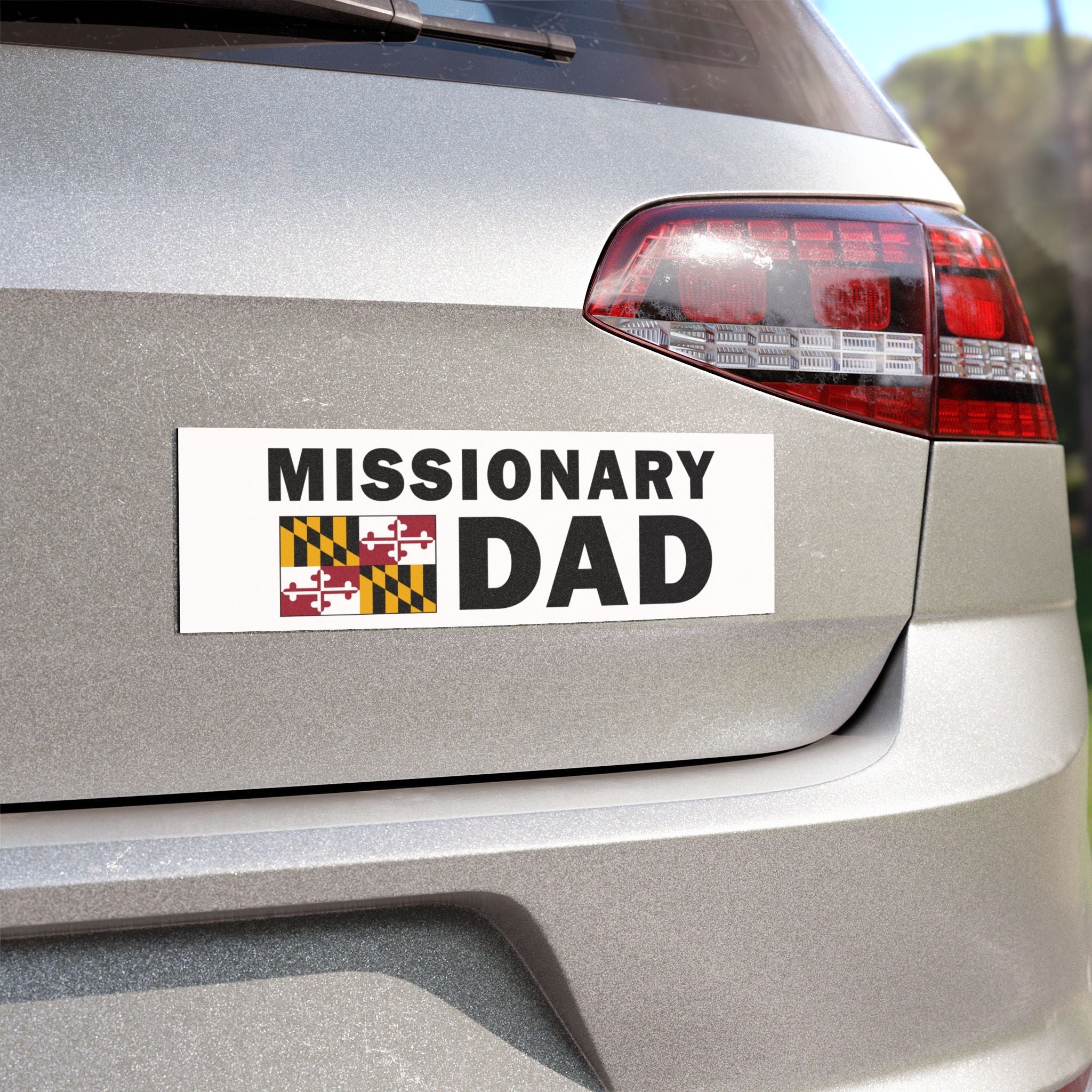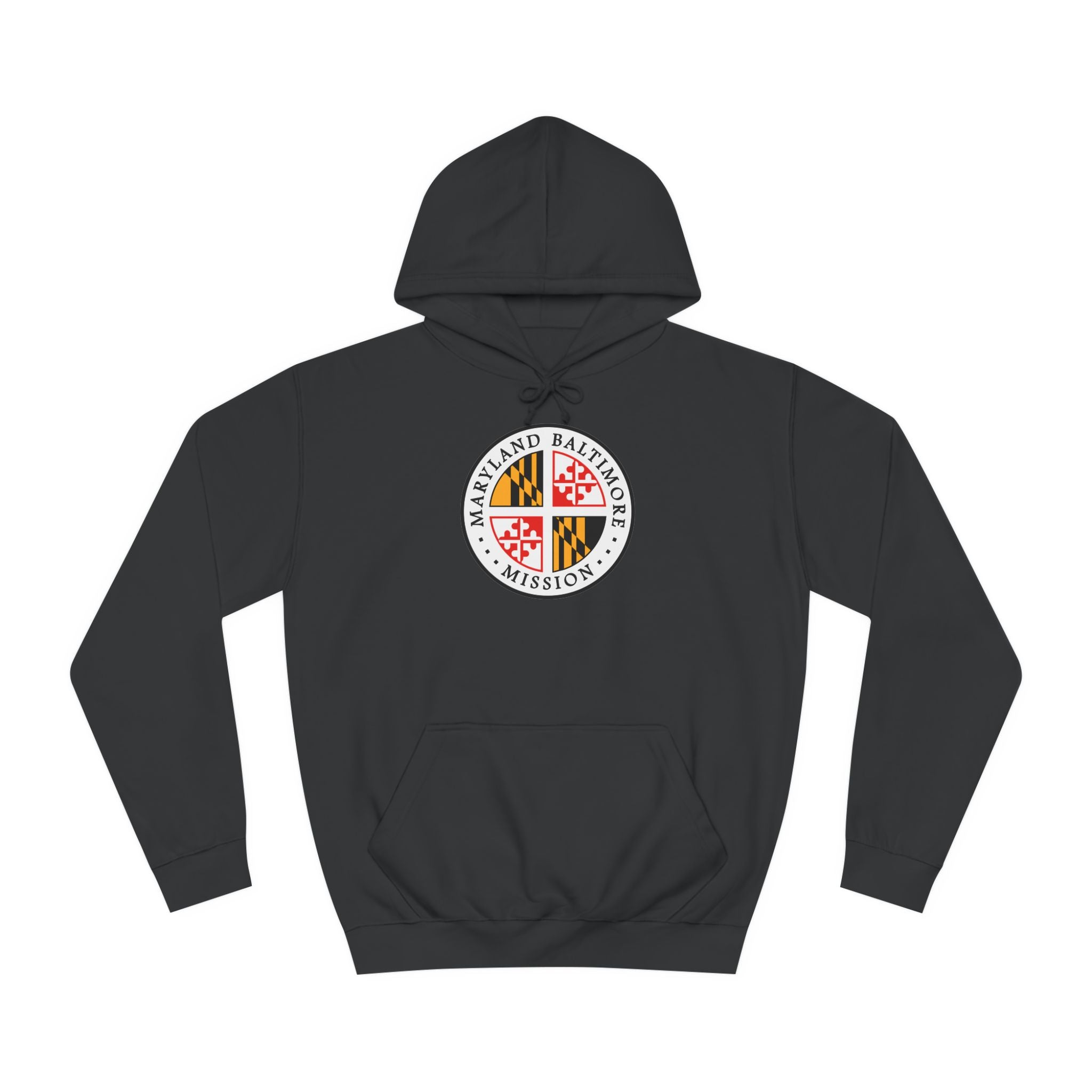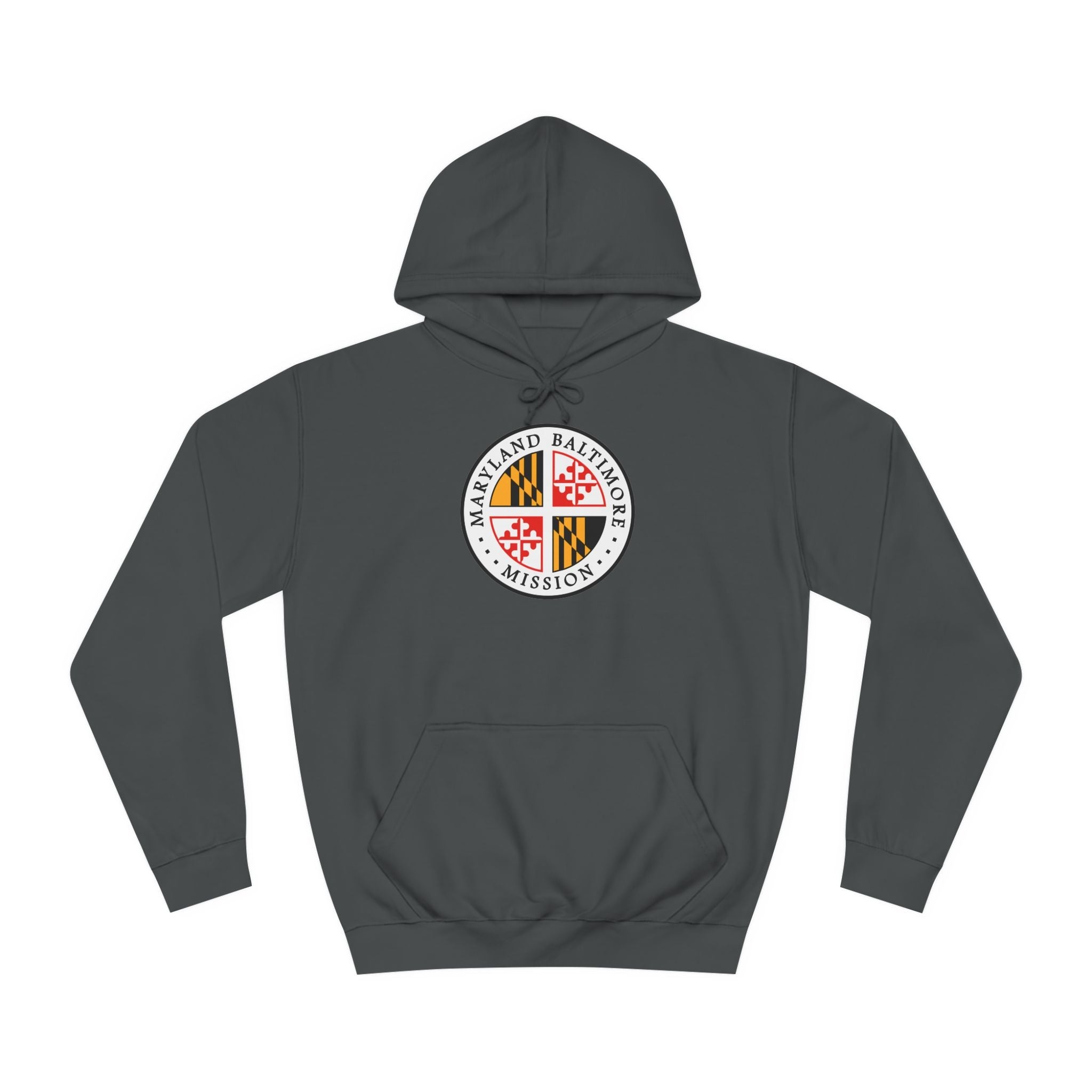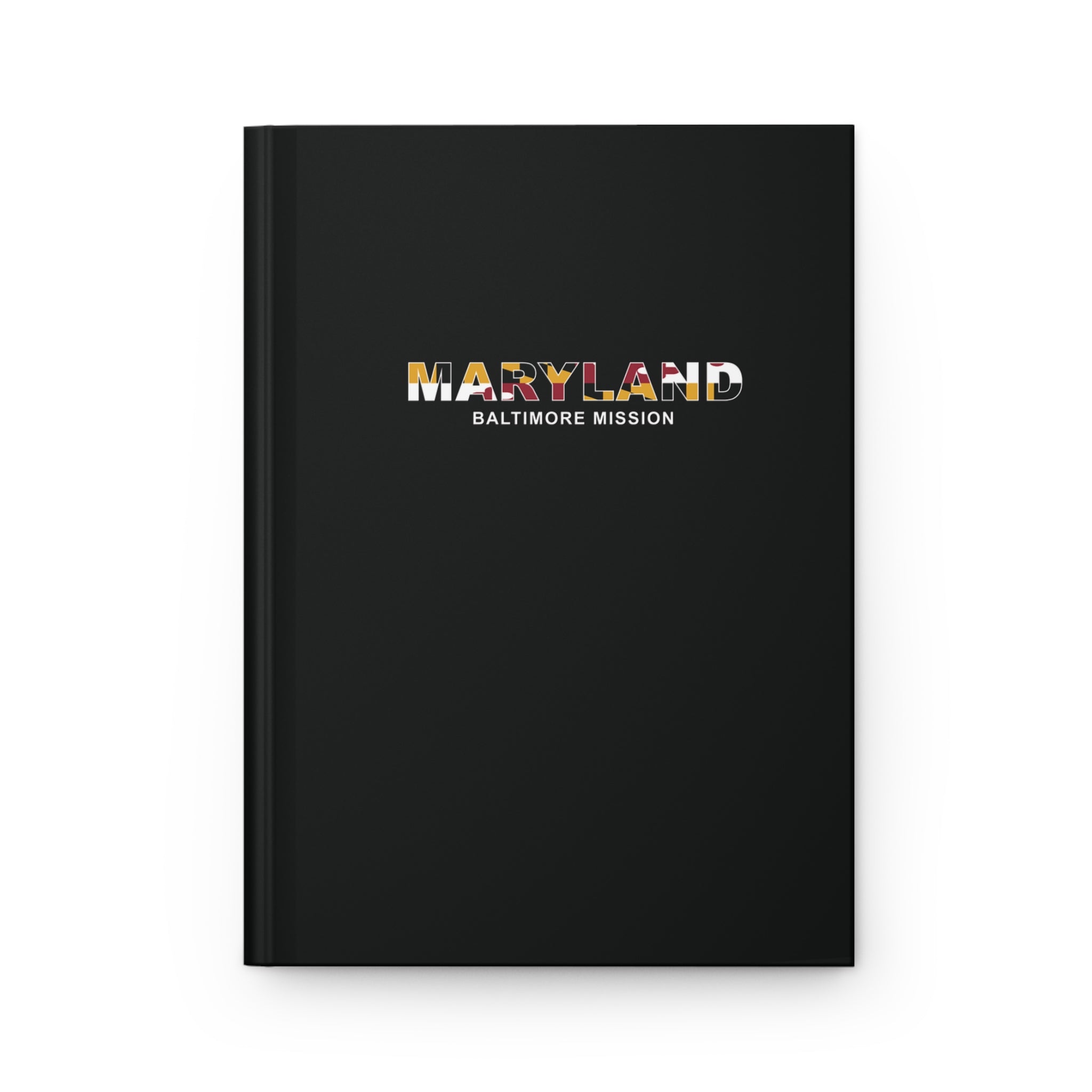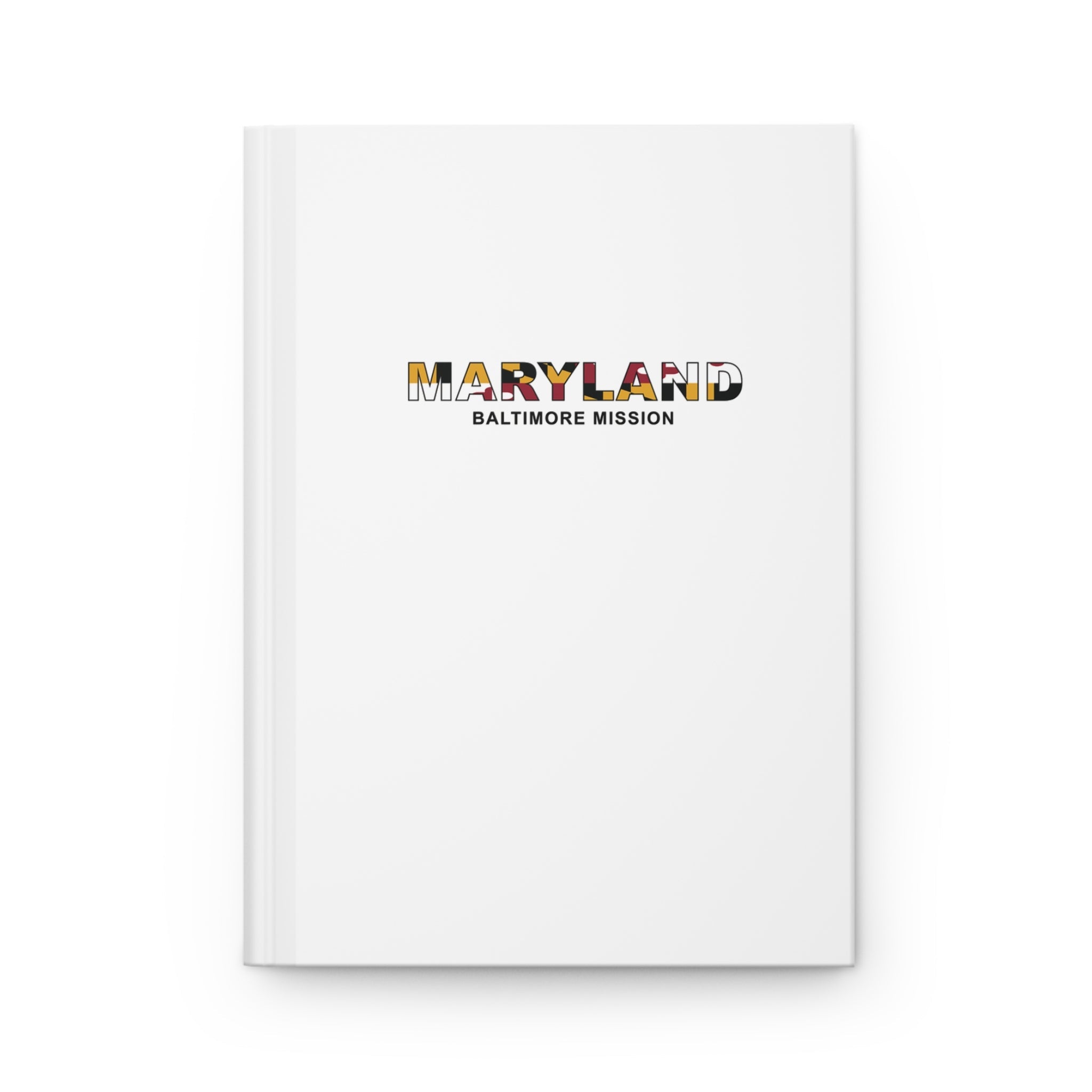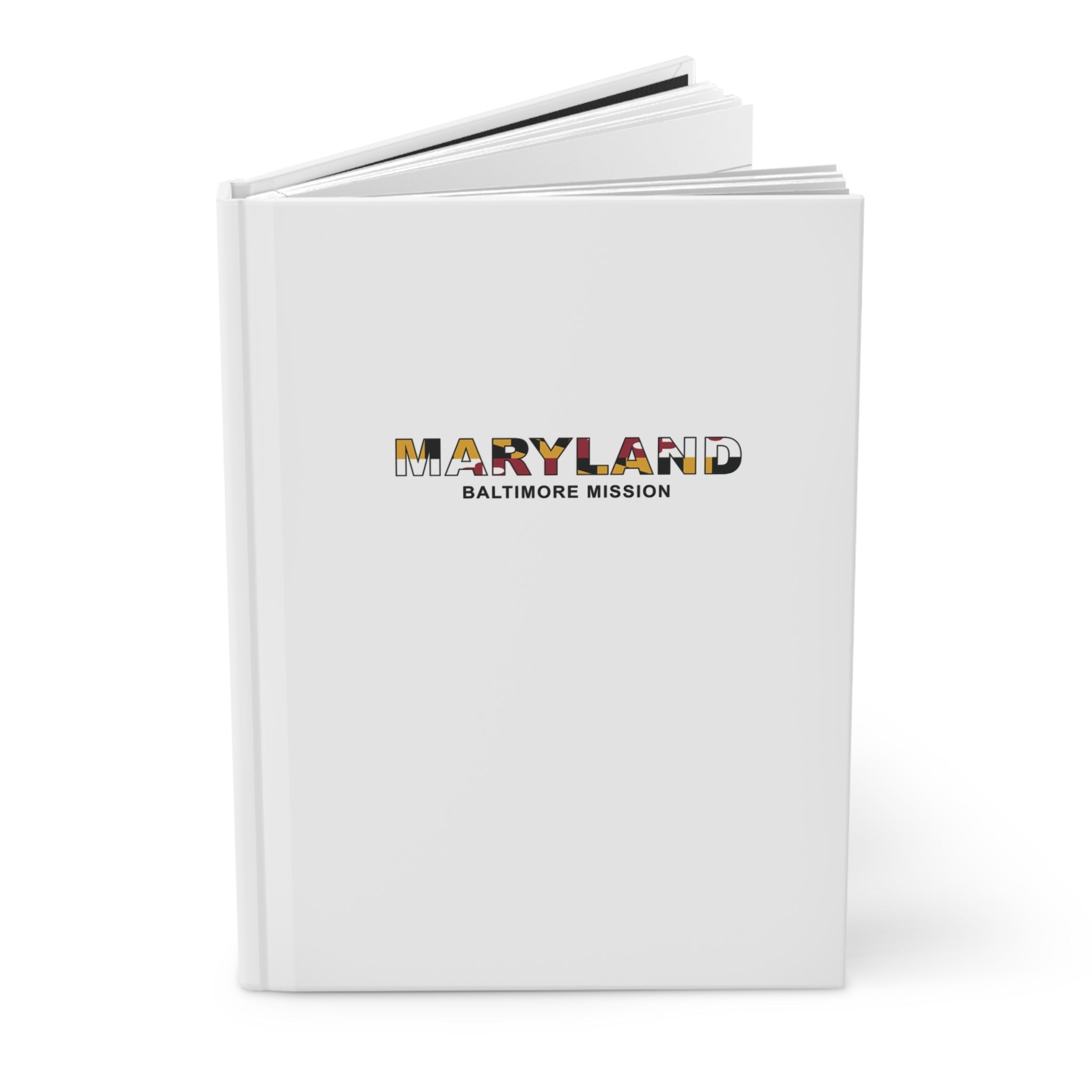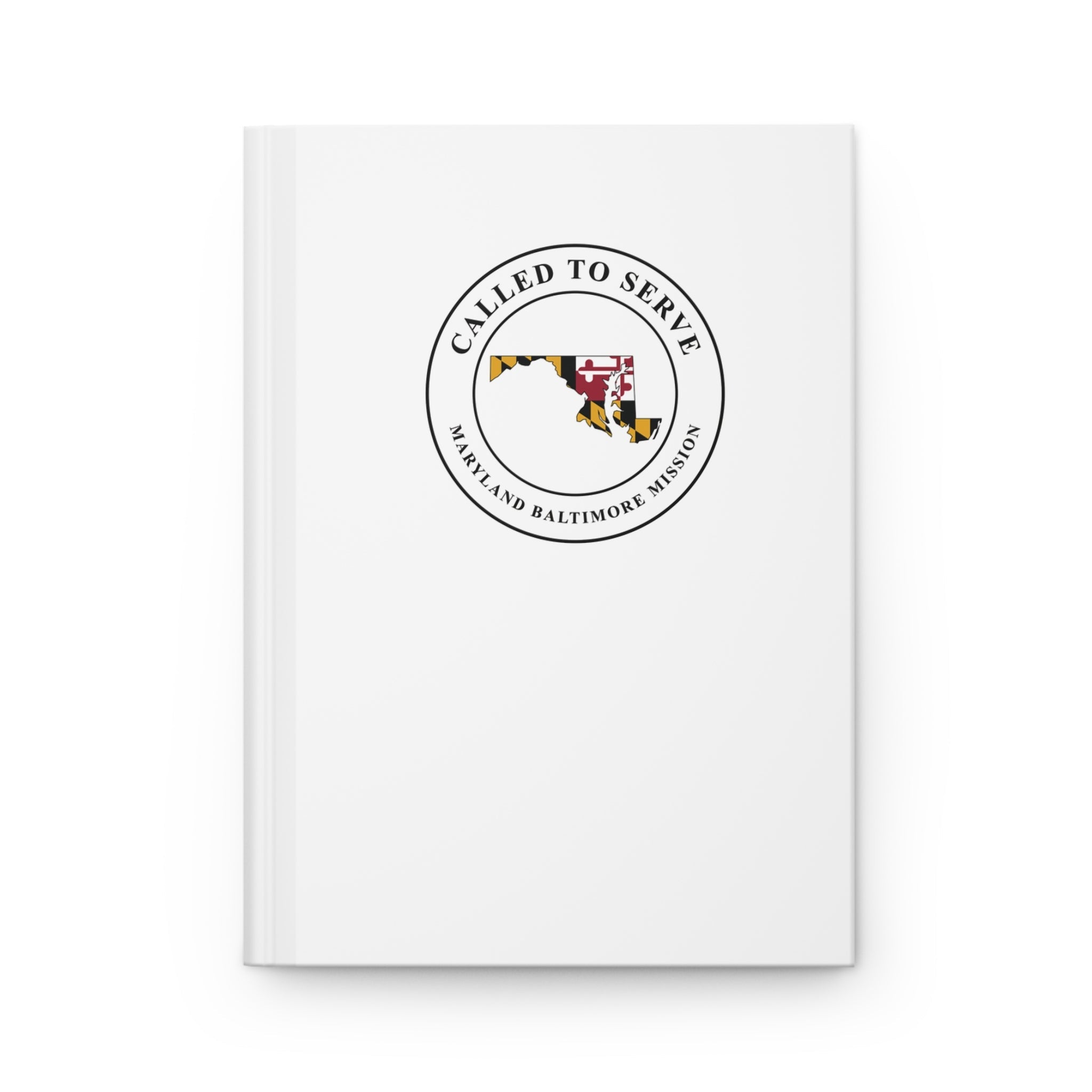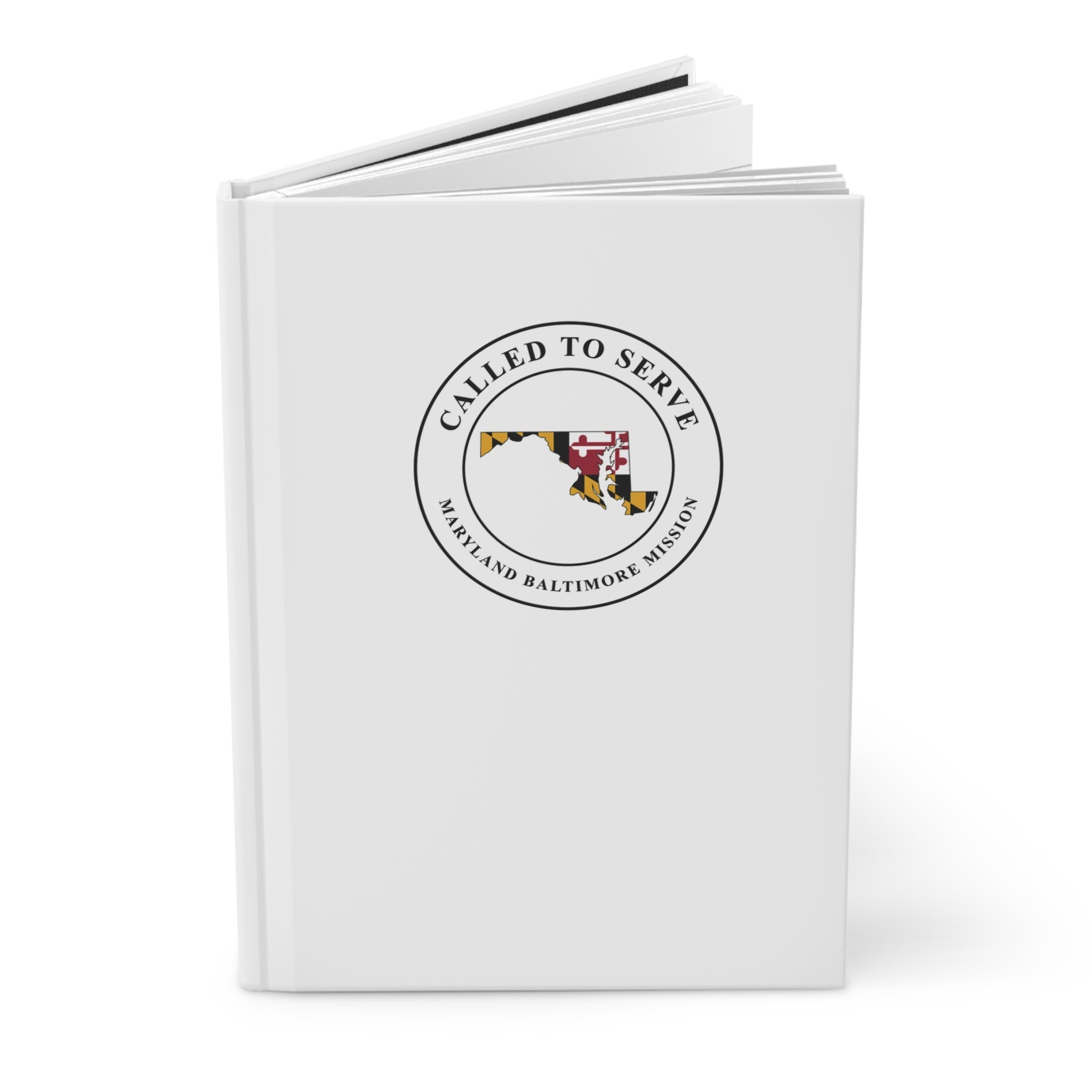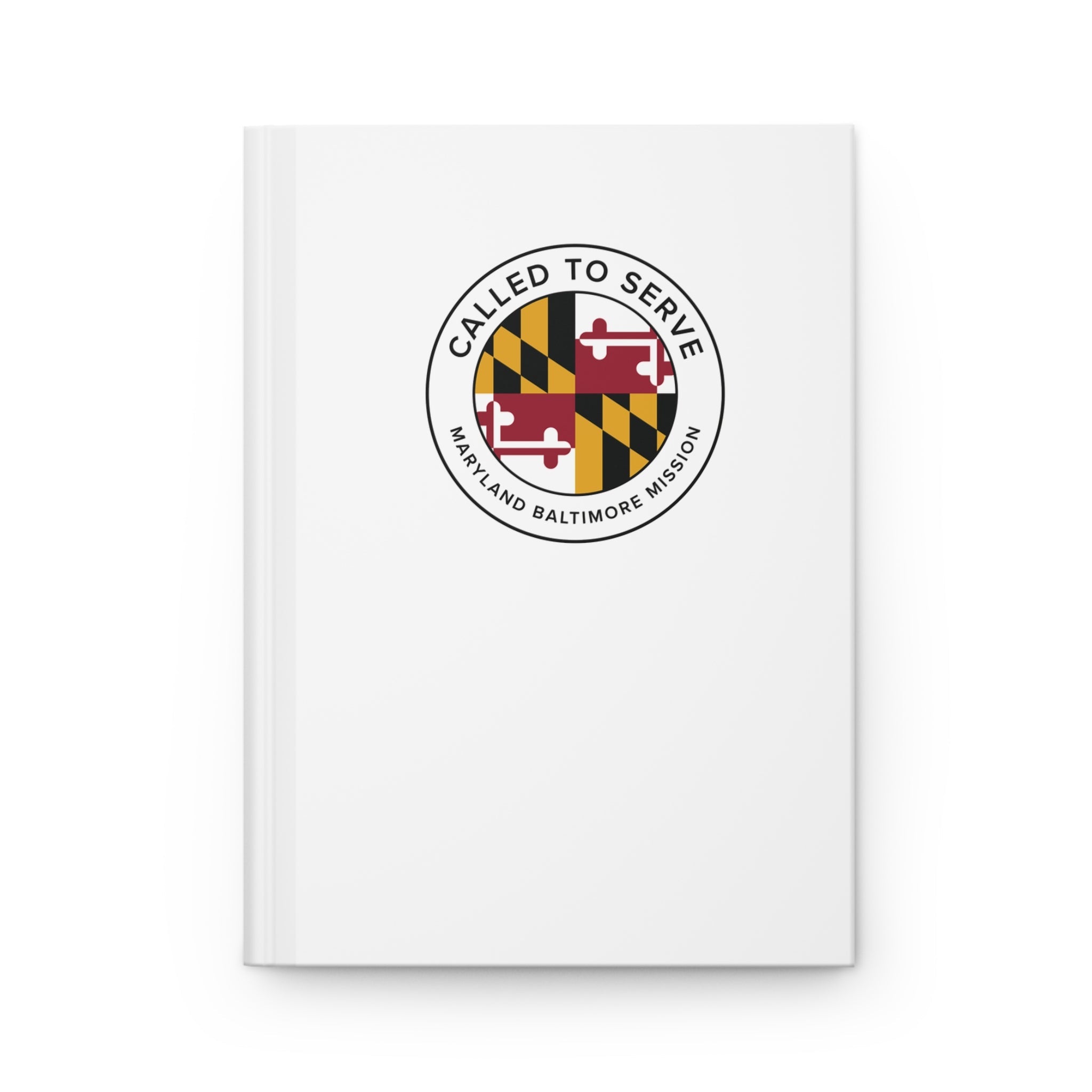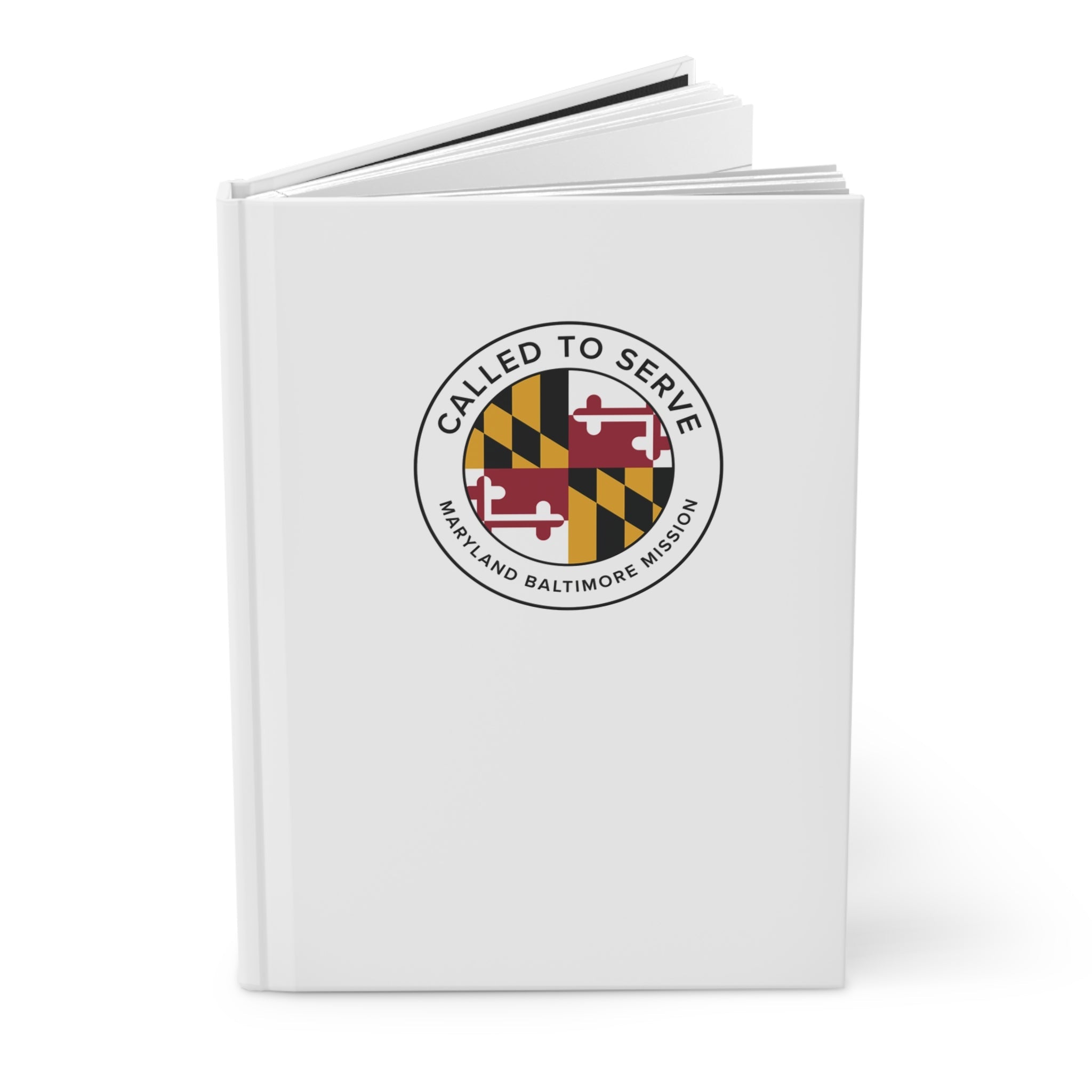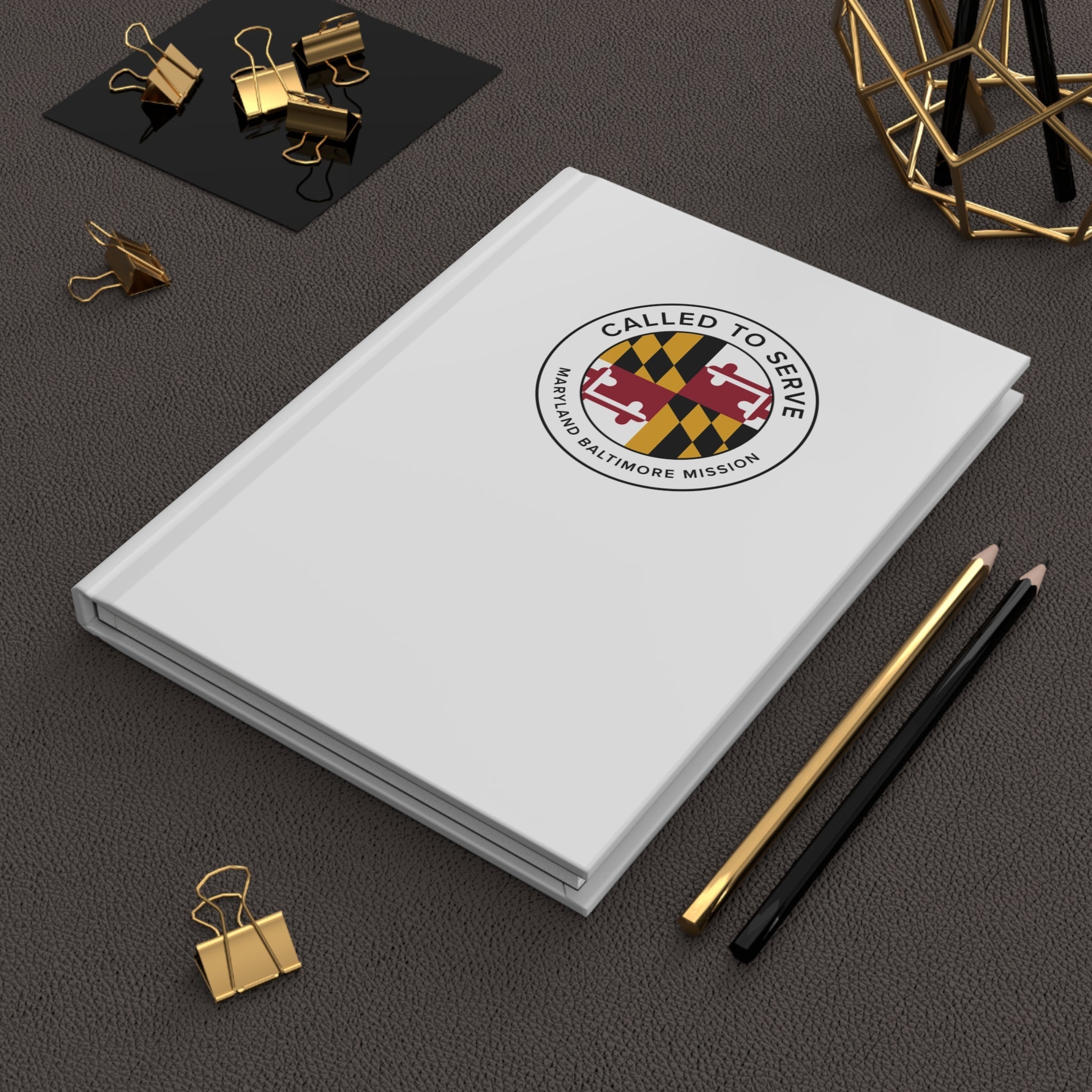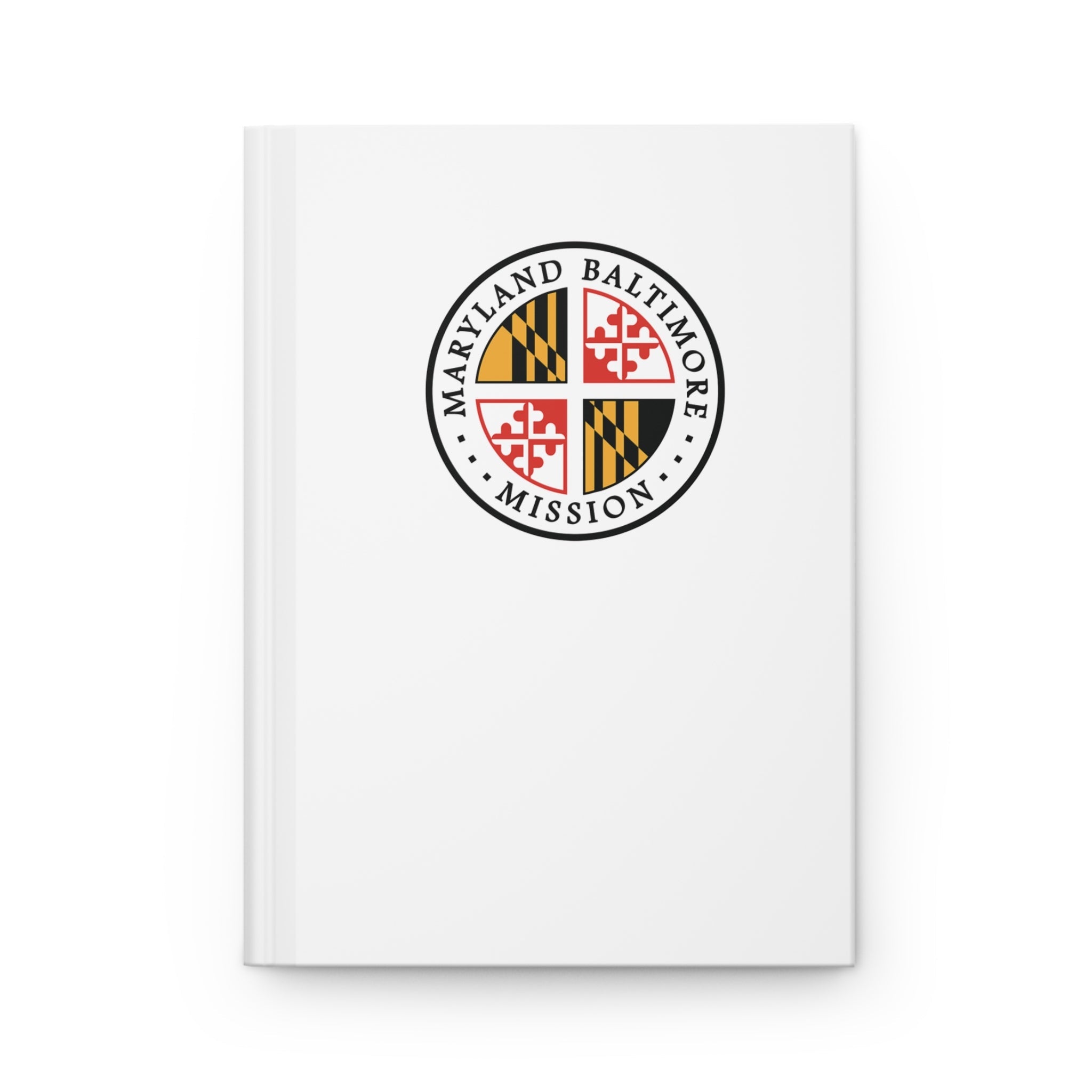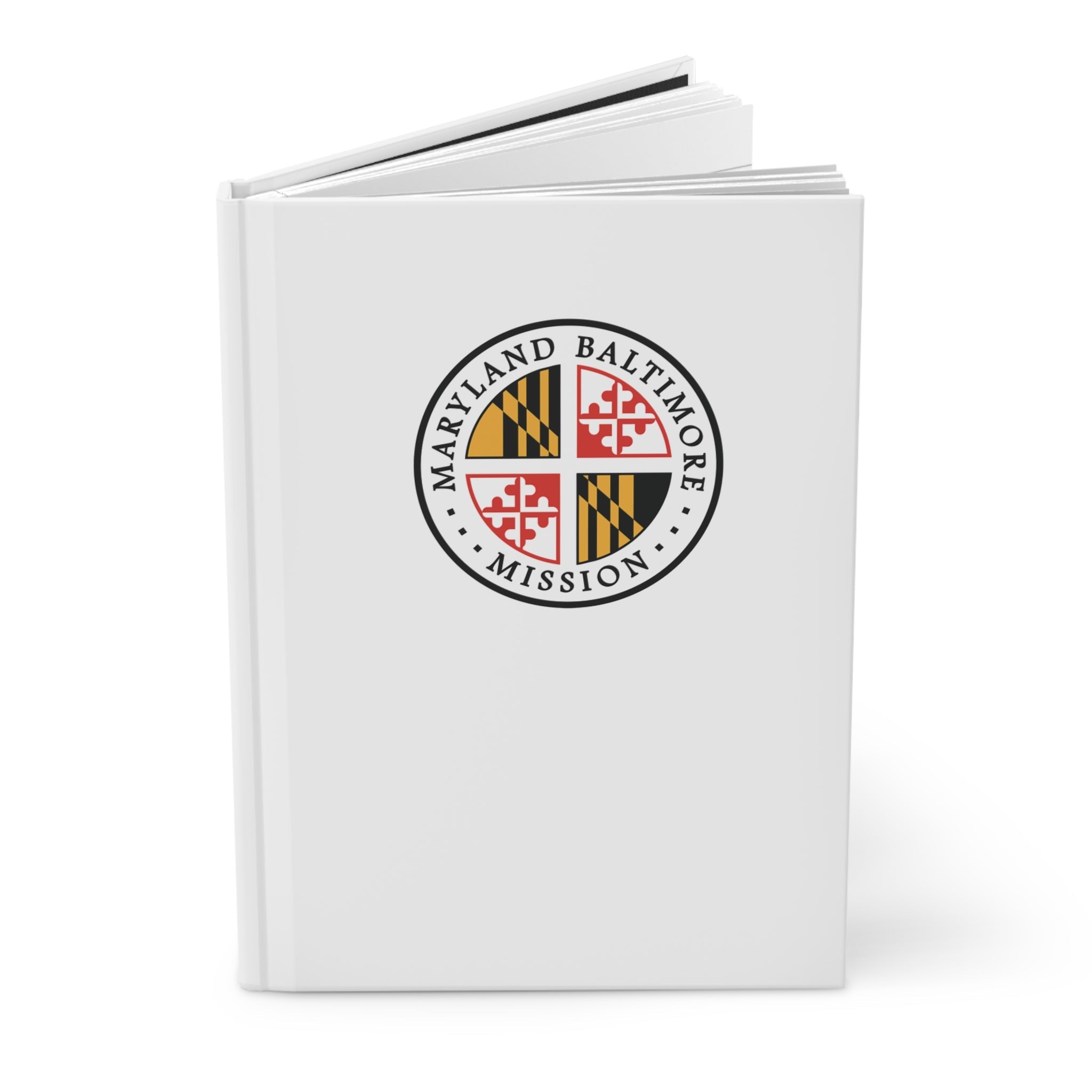In the 1830s and 1840s, a few Latter-day Saint families lived in the town of Leitersburg in western Maryland. In 1841, Latter-day Saint missionary John Murdock arrived in Baltimore, and in 1842, the Mormon Expositor, a Church paper in Baltimore, launched. In the first half of 1844, Latter-day Saint leaders representing Joseph Smith’s U.S. presidential campaign held their own nominating convention and attended the conventions of the Whig and Democratic parties in Baltimore. Following the martyrdom of Smith in June 1844, the majority of Latter-day Saints moved far to the west, and the Church’s presence in Maryland dwindled.
Around the turn of the 20th century, Latter-day Saint missionary work and congregations revived in the area. Utah became a state in 1896, and in Washington, D.C. Church members often met for worship in the homes of Utah members of Congress. In 1914, women of the Baltimore Branch Relief Society organized to collect and mend clothes and make quilts for the needy. Growing congregations built meetinghouses such as the Washington Chapel, dedicated in 1933, and the Baltimore Chapel, dedicated in 1935.1 In 1940, the first stake in Maryland centered on Washington, D.C.2 In 1963, the Church created a congregation in Annapolis. Between 1958 and 1984, Maryland’s Latter-day Saints contributed volunteer labor to run a dairy farm at Trappe, producing dairy products for the poor and needy.3
The Washington D.C. Temple in Kensington was completed in 1974 and is a prominent landmark on the Capital Beltway. Maryland Church members have contributed many volunteer hours to soup kitchens, blood drives, schools, parks, hospice and other community resources.4
